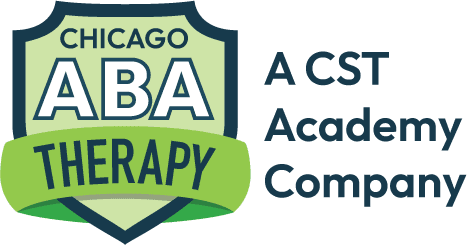Applied Behavior Analysis (ABA) is a highly effective therapy used in treating children with autism spectrum disorder (ASD). Among its various techniques, Discrete Trial Training (DTT) and Natural Environment Training (NET) are particularly significant. This article explores how these methods are integrated into pediatric ABA therapy at Chicago ABA Therapy, providing a cohesive approach that enhances learning and development for children with ASD.
Understanding DTT and NET
Before delving into how DTT and NET are used together, it’s crucial to understand what each method entails:
- Discrete Trial Training (DTT): DTT is a structured ABA technique that involves breaking down skills into the smallest possible steps and teaching each step of the skill one at a time through repeated trials. Each trial has a distinct beginning and end, often involving a prompt or instruction, the child’s response, and a consequence. The therapist provides immediate feedback, and correct responses are rewarded to reinforce learning.
- Natural Environment Training (NET): Unlike DTT, NET takes place in a more natural setting, often during play or routine activities. This method focuses on teaching skills within the context they would naturally occur, promoting generalization of these skills. NET leverages the child’s interests and initiates from these to teach relevant tasks, making learning more engaging and meaningful.
Integrating DTT and NET in Therapy
At Chicago ABA Therapy, DTT and NET are not used in isolation but are integrated to harness the strengths of both approaches. Here’s how these methods complement each other in therapy:
- Foundation Building with DTT: DTT is often used to establish foundational skills that children with ASD need to progress in more complex and naturalistic settings. For instance, DTT might be used to teach a child to identify colors or shapes, which are skills that can then be applied in more dynamic contexts.
- Generalization through NET: Once a child has mastered a skill in the controlled environment of DTT, therapists at Chicago ABA Therapy use NET to transfer and generalize that skill to real-world scenarios. For example, if a child has learned color identification via DTT, NET could involve using that skill to choose a color of paint during an art activity at preschool.
- Engagement and Motivation: By combining DTT with NET, therapists can keep the child motivated and engaged. The variety in teaching methods helps maintain the child’s interest and also taps into their natural motivations and interests, which are crucial for children with ASD.
- Holistic Skill Development: Using DTT and NET together allows therapists to address a broad range of developmental areas — from cognitive and speech to social and physical skills. This holistic approach is essential in supporting comprehensive development.
- Family Involvement: In pediatric ABA therapy, family involvement is critical. Parents are trained on how both DTT and NET can be used at home to promote consistency and continuity in learning. This dual approach equips families with the tools to support their child’s learning and development effectively.
The combined use of DTT and NET in pediatric ABA therapy at Chicago ABA Therapy offers a balanced and effective strategy for teaching and reinforcing skills in children with autism. By merging structured learning with naturalistic teaching methods, the therapy not only enhances skill acquisition but also ensures these skills are usable in everyday life. This integrated approach prepares children with ASD to navigate their environments more effectively, showcasing the transformative power of specialized ABA techniques.
If you are exploring ABA therapy options for your child, contact Chicago ABA Therapy today to learn more about our innovative programs and how we can tailor our approaches to meet your child’s unique needs and potential.










